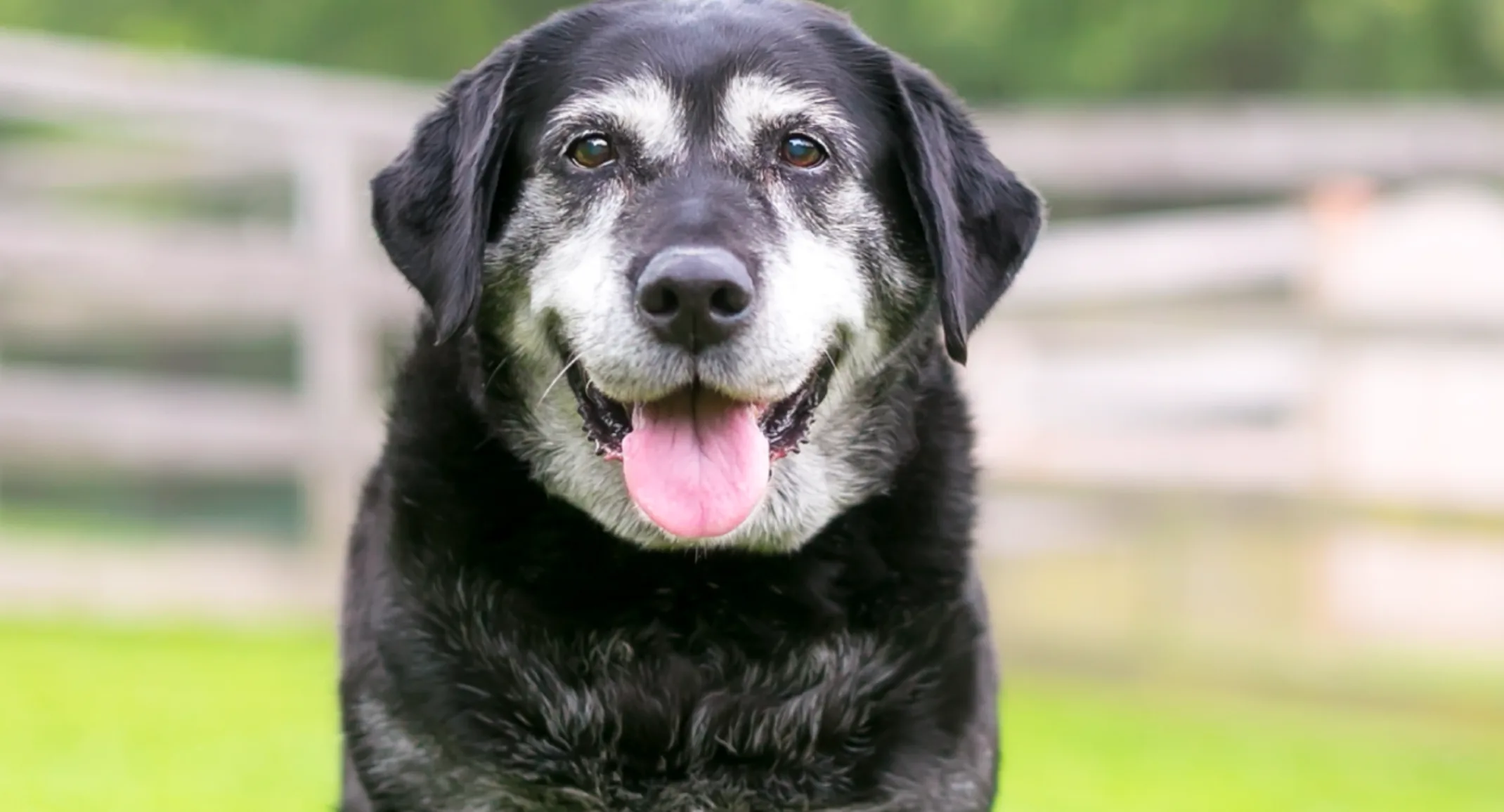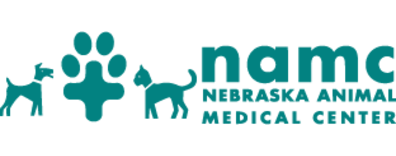Lumps and Bumps
General

As pets age, especially dogs, it is not uncommon to find new lumps and bumps on their bodies. Many owners locate lumps at home, while bathing or petting. If a lump or bump is found, it is best to have it checked by one of our doctors. Often, the lump is a benign growth, but always best to have us check it. During the examination, the doctor may perform a fine needle aspirate, where a small needle is poked into the lump, trying to withdraw any cells or fluid. This is a very simple procedure and does not require any sedation or anesthesia. Any material obtained is usually placed on a microscope slide and possibly stained. The doctor can examine the slide under the microscope and may be able to tell what type of lump it is. Many lumps are benign fatty growths called lipomas. Older dogs often develop lipomas on the chest or abdomen. They are harmless, but can grow to be quite sizable. Lipomas are usually soft, squishable, and movable. Older dogs can often develop warts on their bodies, which again are benign but can grow to a bothersome size as well. Some lumps are cancerous, such as mast cell tumors and soft tissue sarcomas. These types of tumors are often very firm and attached to the underlying tissues. If the doctor examines a slide and is not able to determine the type of tumor, the slide can be sent to a pathologist for interpretation. Depending on results, surgery may be recommended. Surgery is usually recommended for any lump suspected to be cancerous. During surgery, a wide margin is made around the tumor in an attempt to ensure complete excision. Many tumors have microscopic “fingers” that extend beyond the visible tumor, so sometimes margins are incomplete and a second surgery may need to be performed. Alternatively, chemotherapy or radiation may be an option for follow up care in the case of incomplete margins. Once the tumor is removed, it is submitted to the pathology lab for biopsy. Results are usually received in a week to ten days. Please let us know if you notice any lumps or bumps on your pet—we would be happy to check out any that you may find at home!
